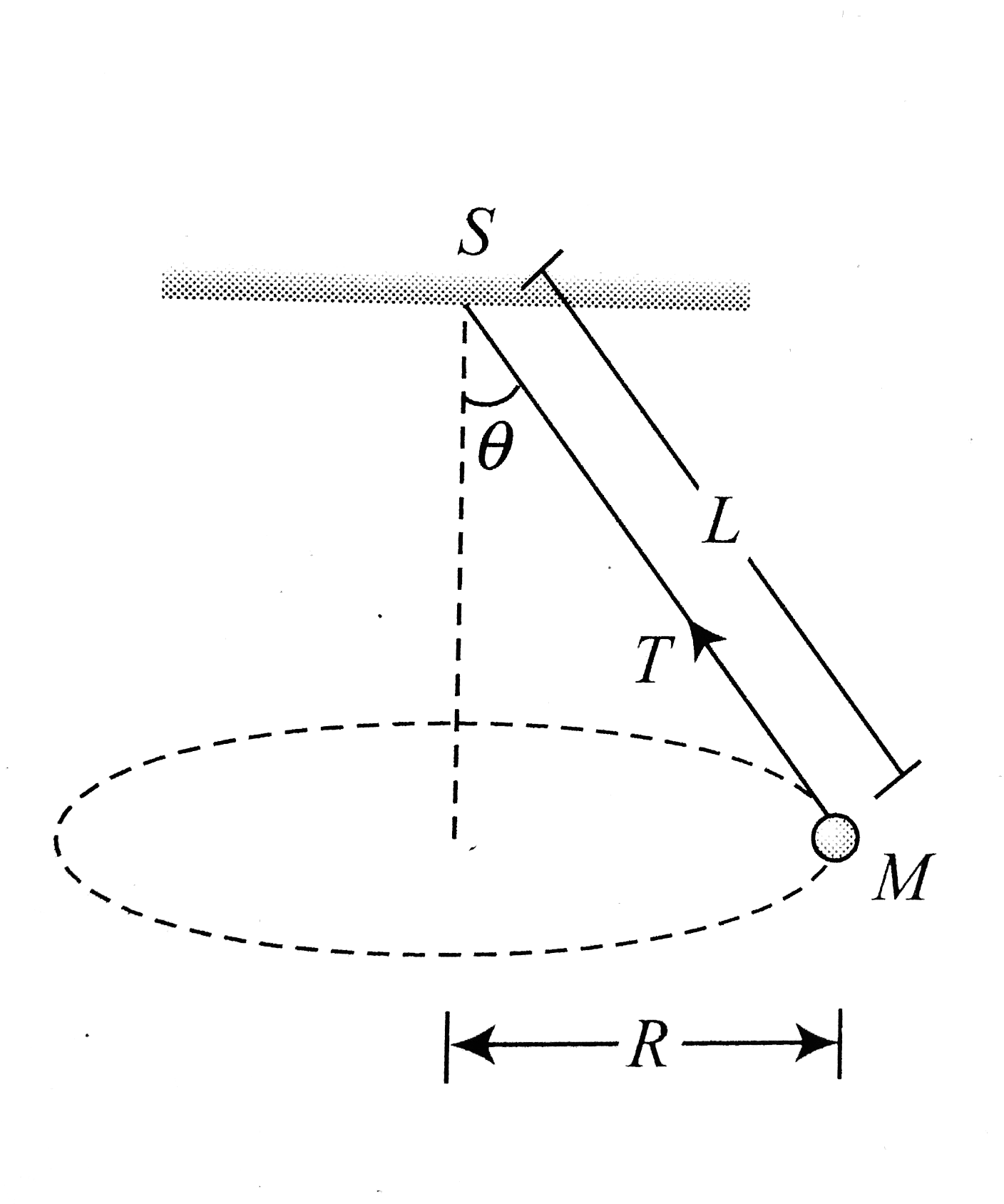A string of length 20cm and linear mass density 0.40g/cm is fixed at both ends and is kept under a tension of 16N.A wave pulse is produced at t=0 near an end as shown in figure which travels towards the other end.
when will the string have the shape shown in the figure again? (in ×10−2s)

The correct Answer is:2
velocity of the wave,
V=√(Tμ)=√(16×105)0.4=2000cm/s
time taken to reach to the other end =20200=0.01s. time taken to see the pulse again in the original position =0.01×2=0.02s.
Topper's Solved these Questions
Similar Questions
A string of length 20 cm and linear mass density 0.40gcm−1 is fixed at both ends and is kept under a tension of 16 N. A wave pulse is produced at t = 0 near an end as shown in figure, which travels towards the other end. (a) When will the string have the shape shown in the figure again ? (b) Sketch the shape of the string at a time half of that found in part (a).

View SolutionA string of length 20cm and linear mass density 0.40g/cm is fixed at both ends and is kept under a tension of 16N . A wave pulse is produced at t=0 near an ends as shown in Fig. 7.17 (b) , which travels towards the other end . When will the string have the shape shown in the Fig . ( c).

View Solution
Knowledge Check
A string of length 10.0 m and mass 1.25kg stretched with a tension of 50N. If a transverse pulse is created at one end of the string, how long does it take to reach the other end ?
A0.5sB1.0sC1.5sD2.0sA string of length 0.4m and mass 10−2kg is tightly clamped at its ends. The tension in the dtring is 1.6N. Idential wave pulse are produced at one end at equal intervals of time, Δt. The minimum value of Δt which allows constructive inetrference successive pulse is
A(a) 0.04sB(b)0.10sC( c ) 0.20sD(d) 0.40sA sting of length 1m and linear mass density 0.01 kg/m is stretched to a tension of 100 N. When both ends of the string are fixed, the three lowest frequencies for standing wave are f1,f2andf3 . When only one end of the string is fixed, the three lowest frequencies for standing wave are n1,n2andn3. Then,
An3=5n1=f3=125HzBf3=5f1=n2=125HzCf3=n2=3f1=150HzDn2=f1+f22=75Hz
A taut string having tension 100 N and linear mass density 0.25kg/m is used inside a cart to generate a wave pulse starting at the left end, as shown. What should be the velocity of the cart so that pulse remains stationary w.r.t. ground.
View SolutionA taut string having tension 100 N and linear mass density 0.25 kg/m is used inside a cart to generate a wave pulse starting at the left end, as shown. What
should be the velocity of the cart so that pulse remains stationary w.r.t ground.

View SolutionA string of length L is fixed at one end and carries a mass M at the other end. The string makes 2/π revolution per second around the vertical axis through the fixed end as shown in the figure, then tension in the string is.

View SolutionA wave pulse on a string on a string has the dimension shown in figure. The wave speed is v=1 cm /s . If point O is a free end. The shape of wave at time t = 3s si

View SolutionA wave pulse on a string has the dimension shown in figure.

The wave speed is v=1cm/s. If point O is free end. The shape of wave at time t=3s is
View Solution

